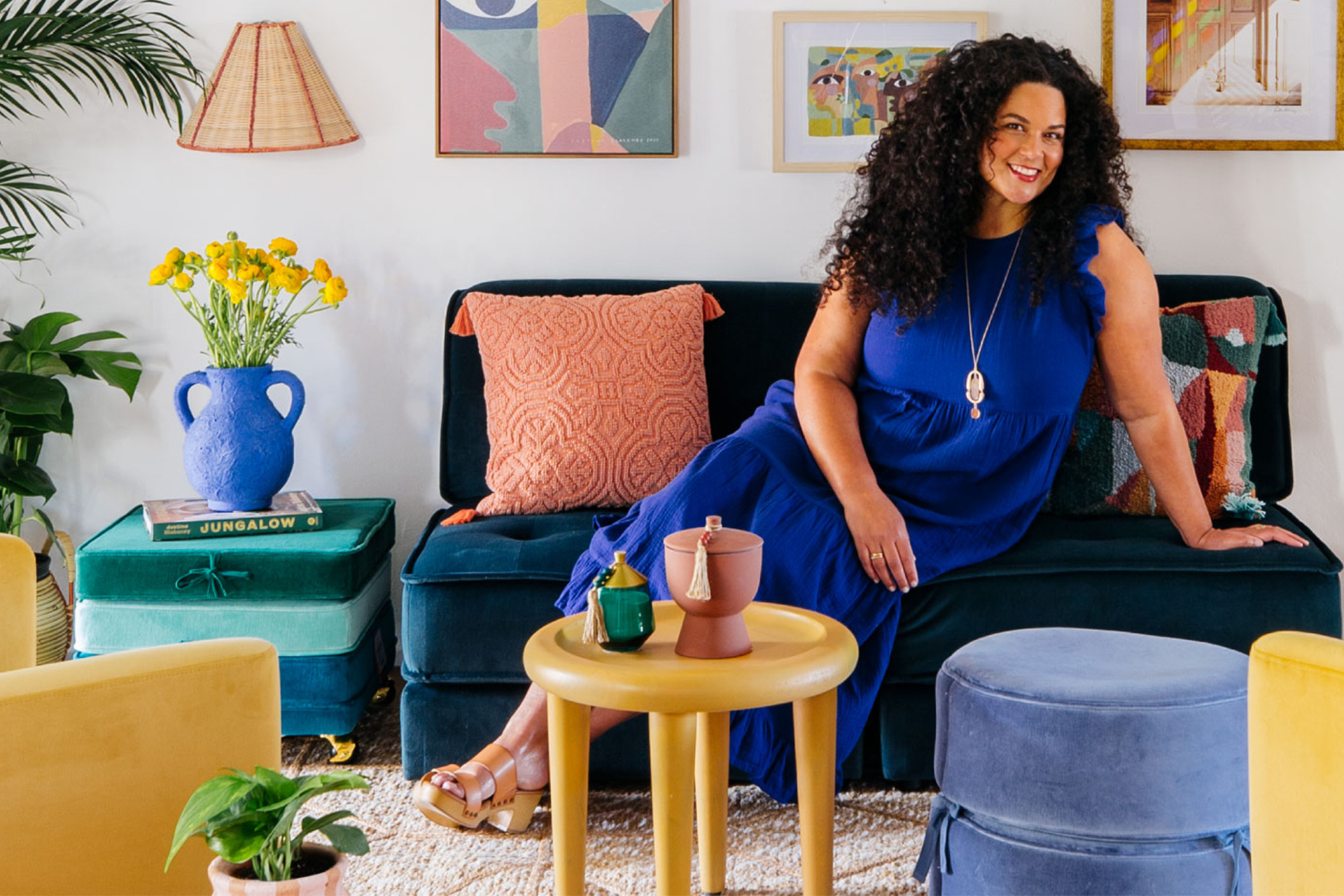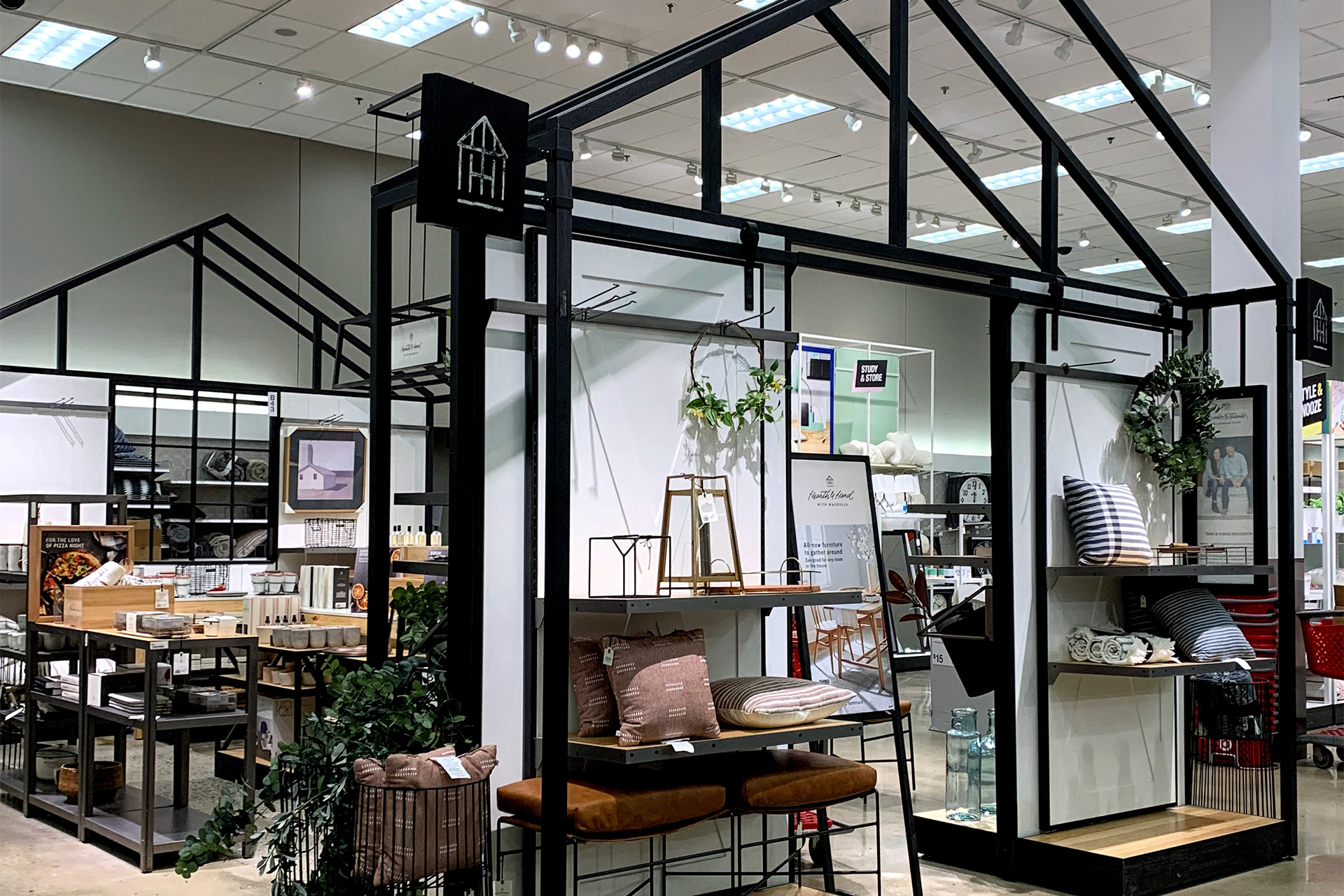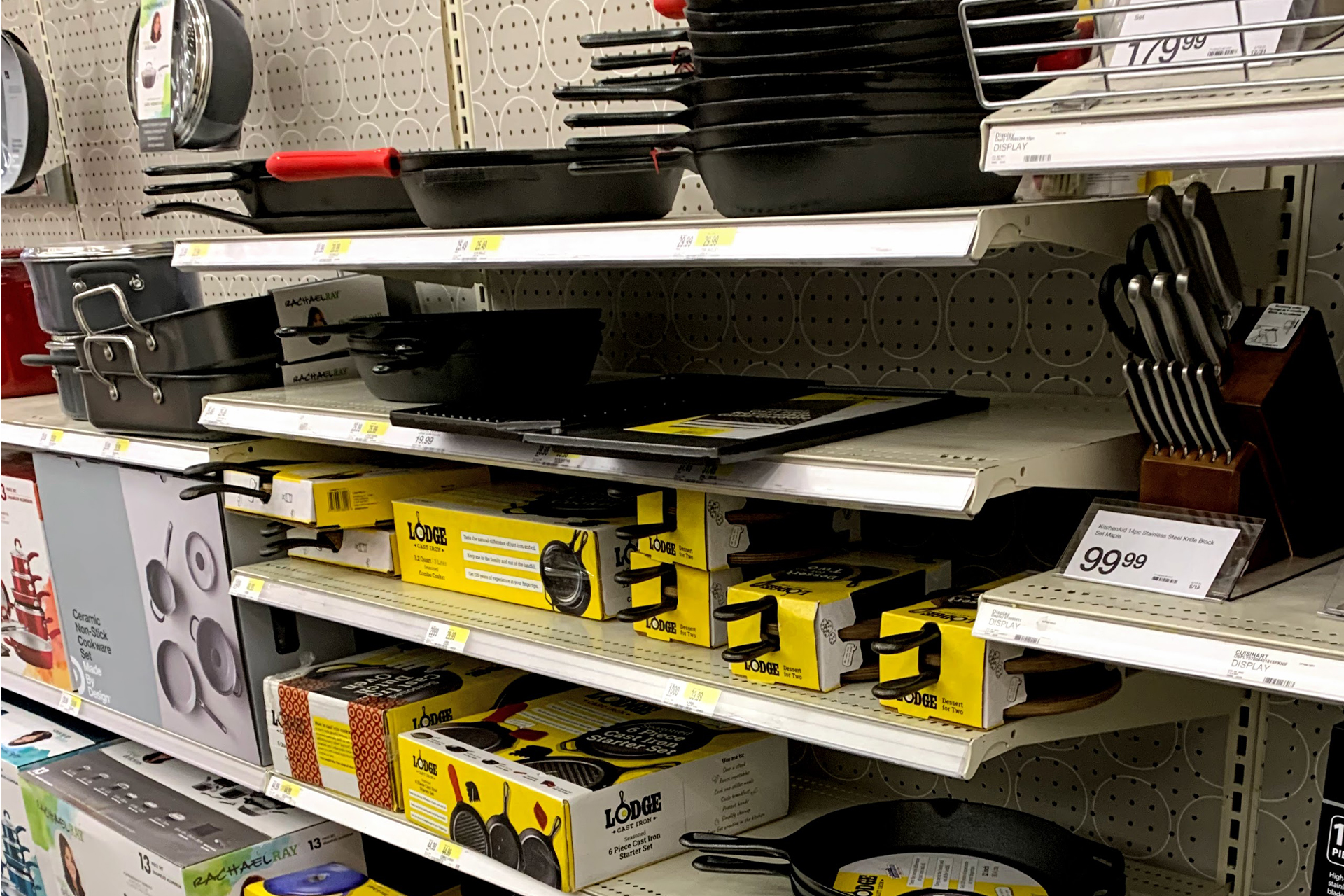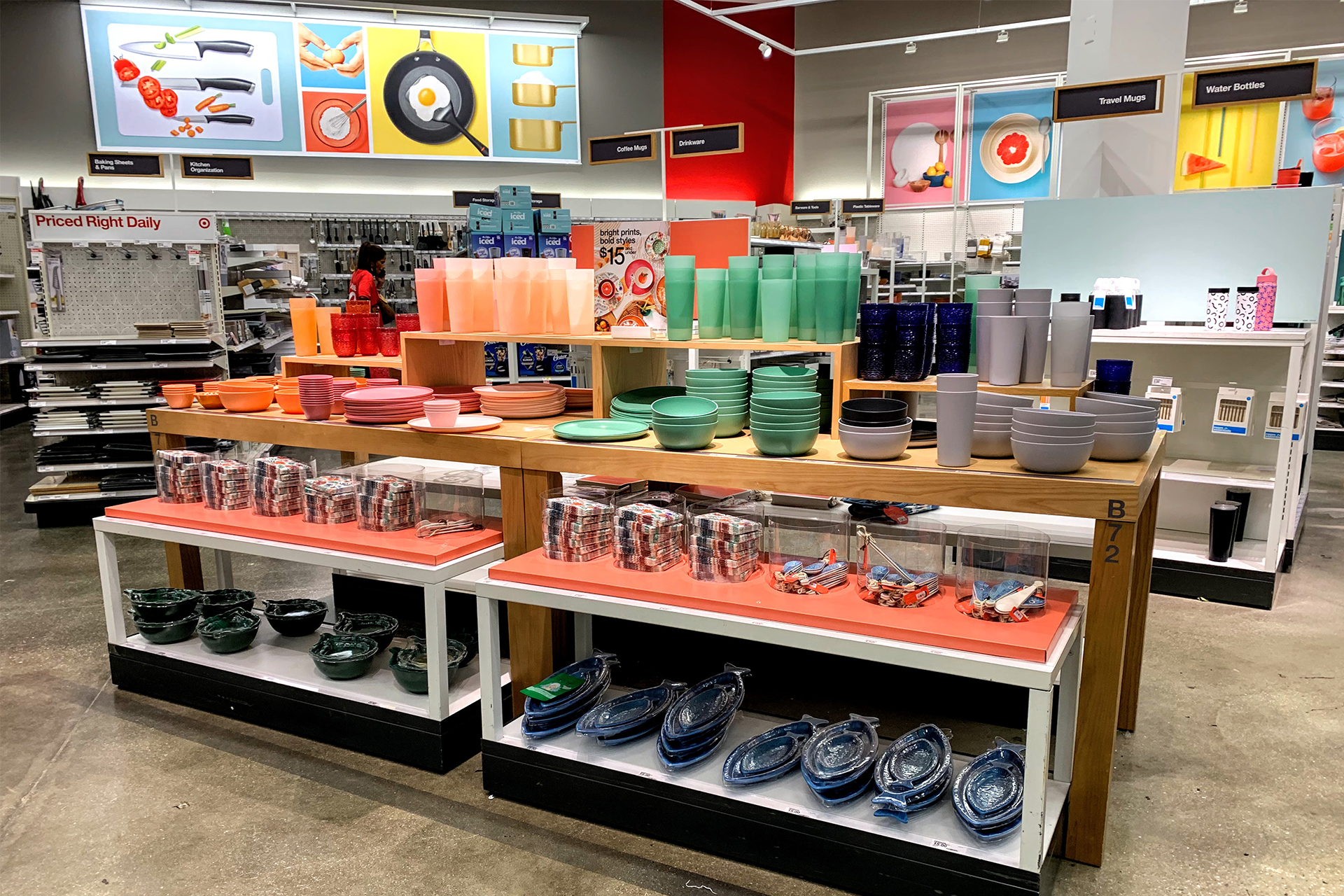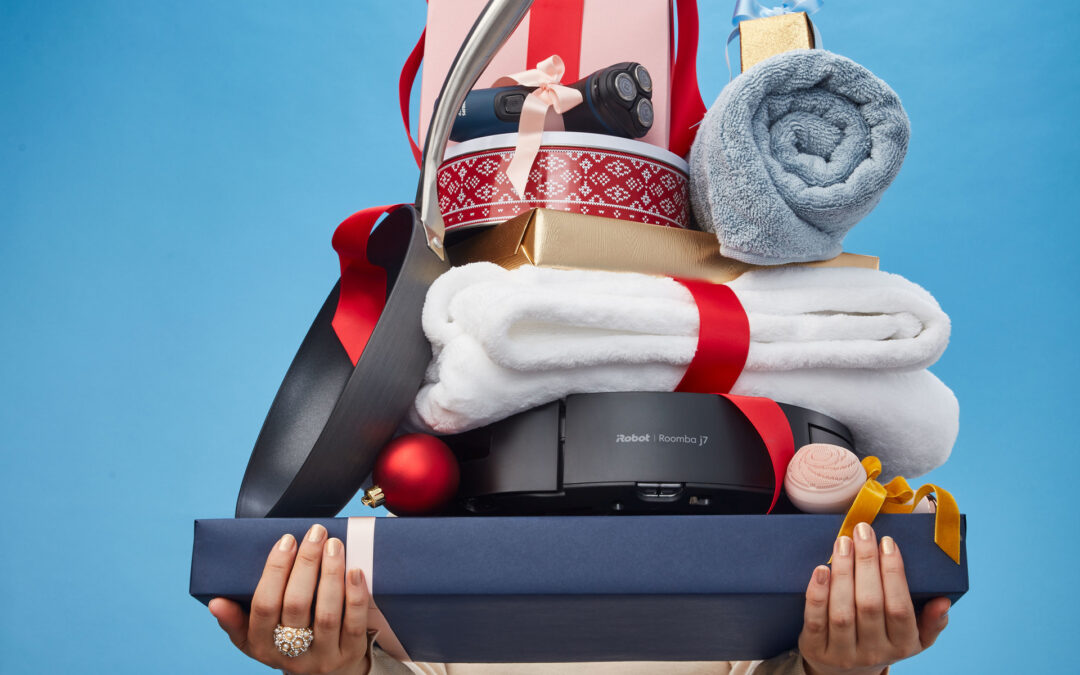Target is balancing private-label and national-brand goods in its own unique way at a time when rivals such as Bed Bath & Beyond are determining how to use both classes of merchandise in balance to boost their appeal to consumers.
In Target’s case, the differentiation is uniquely expressed in the merchandising as presented in its remodeled stores.
As HomePage News previously reported, Target rival Bed Bath & Beyond is blending national brands and private labels in its remodeled stores and conspicuously in its New York flagship. Target, for its part, is taking an approach that features private labels particularly in home décor while placing special emphasis on national brands in some housewares departments, such as kitchen electrics, with other segments falling in between.
How the two iconic retailers accomplish their new merchandising schemes and balance private labels and national brands, will certainly influence the bricks-and-mortar marketplace and, eventually, the digital segment of retail. Both retailers are using stores to showcase and position private labels, and at the same time, they are making statements about national brands. In some ways, that has caused overlap between the two retailers and in other cases clearer differentiation.
Remodel Plans
A recent walk through a remodeled Target store demonstrated that merchandising is less a matter of blending than it is showcasing. Remodeled Targets represent an opportunity to stage the company’s merchandising initiatives most effectively. After a temporary suspension during the COVID-19 pandemic, the retailer is getting its remodeling program back in gear.
“More than 100 remodel projects are currently in flight,” said John Mulligan, Target’s COO, in a recent conference call, “and we’re on track to complete about 140 remodels in 2021 and an even higher number in 2022.”
More than 100 remodel projects are currently in flight and we’re on track to complete about 140 remodels in 2021 and an even higher number in 2022.
-John Mulligan, Target COO
Target has been showcasing exclusives for some years in limited-time and ongoing deals with designers and brands. But much of its home merchandising today is based on designated displays that feature its private labels, its exclusive brands such as Hearth & Hand with Magnolia and national brands such as SodaStream.
However, today, the showcasing impetus even descends to individual products, particularly in kitchen electrics, where special mini-displays bolster presentations of brands and individual items.
Target’s showcasing, while much more pronounced these days, still accomplishes something the retailer has done for a long time. It uses the labels found in stores to reinforce its own overall brand positioning as the mass retailer that addresses the needs, trends and aspirations of middle-class shoppers.
Brand Partnerships
At a time when more middle-class consumers are scrutinizing companies they interact with more closely, Target is developing and promoting brands that address broader corporate priorities that address shopper concerns. Its recent introduction of Jungalow is an example. Now featured in stores and online, Jungalow is a label developed and run by women. As such, the label not only brings a new, colorful look into the store from a growing independent brand. It also addresses Target’s social goals.
Another factor in the Jungalow release that’s worth considering is that it launched as an extension of a Target private label, Opalhouse. A few years back, Target revisited its home private labels, in some cases reworked them, a process that seems to be starting again. In addition to Jungalow, Target has developed a collection with Studio McGee that is an extension of its Threshold brand.
Target has been adding new dimensions to proprietary brands as well as expanding Hearth & Hand, which was originally launched for home decor and now includes tabletop and furniture. In stores, the Hearth & Hand by Magnolia house silhouette fixture has become virtually iconic, with Magnolia moguls Chip and Joanna Gaines a prominent part of signage that welcomes shoppers to the presentation.
Brand partners are featured in-store and online. Target incorporates side-by-side product and personality showcases featuring Justina Blakeney of Jungalow, Shea McGee of Studio McGee and Joanna Gaines of Magnolia on its website that includes dedicated art and video to underscore the relationship between the partners and the Target brand.
“Owned brands are a huge part of our strategic imperative and desire to continue to differentiate in the market, bring great quality products to our guests,” said Christina Hennington, Target’s chief growth officer, in the conference call. “And so our commitment is to continue to accelerate our owned brands at a faster rate than our base. As long as we continue to find unique opportunities to meet the guests’ needs, that’s going to persist. Owned brands represent a big portion of our sales mix, but even a bigger portion of our gross margin. So that creates a tailwind for us on the profit side.”
In-Store Meets Online
Target links the in-store presentations with its online assortment through signage that asks, “Can’t Find Something?” It includes a QR code for immediate device access to the online assortment as it builds the omnichannel facet of its business.
Target has created a double connection between what’s online and what’s in the store, particularly in the case of kitchen electrics.
Today’s Target kitchen electrics presentation is an array of special merchandising displays. The SodaStream display, for example, features product on a platform presentation including backing signage above all the consumable elements aligned to the machine, as well as boxed product for takeaway. In other cases, products get an individual treatment with the platform and/or surrounding signage. In the case of a KitchenAid stand mixer, Target paired a stand mixer with its own “Choose the Best Mixer for You” signage. Nearby was a platform presentation of KitchenAid mixer accessories. The platform signage often includes a single item. In the case of the Shark Ninja IQ, the presentation included the two-part system.
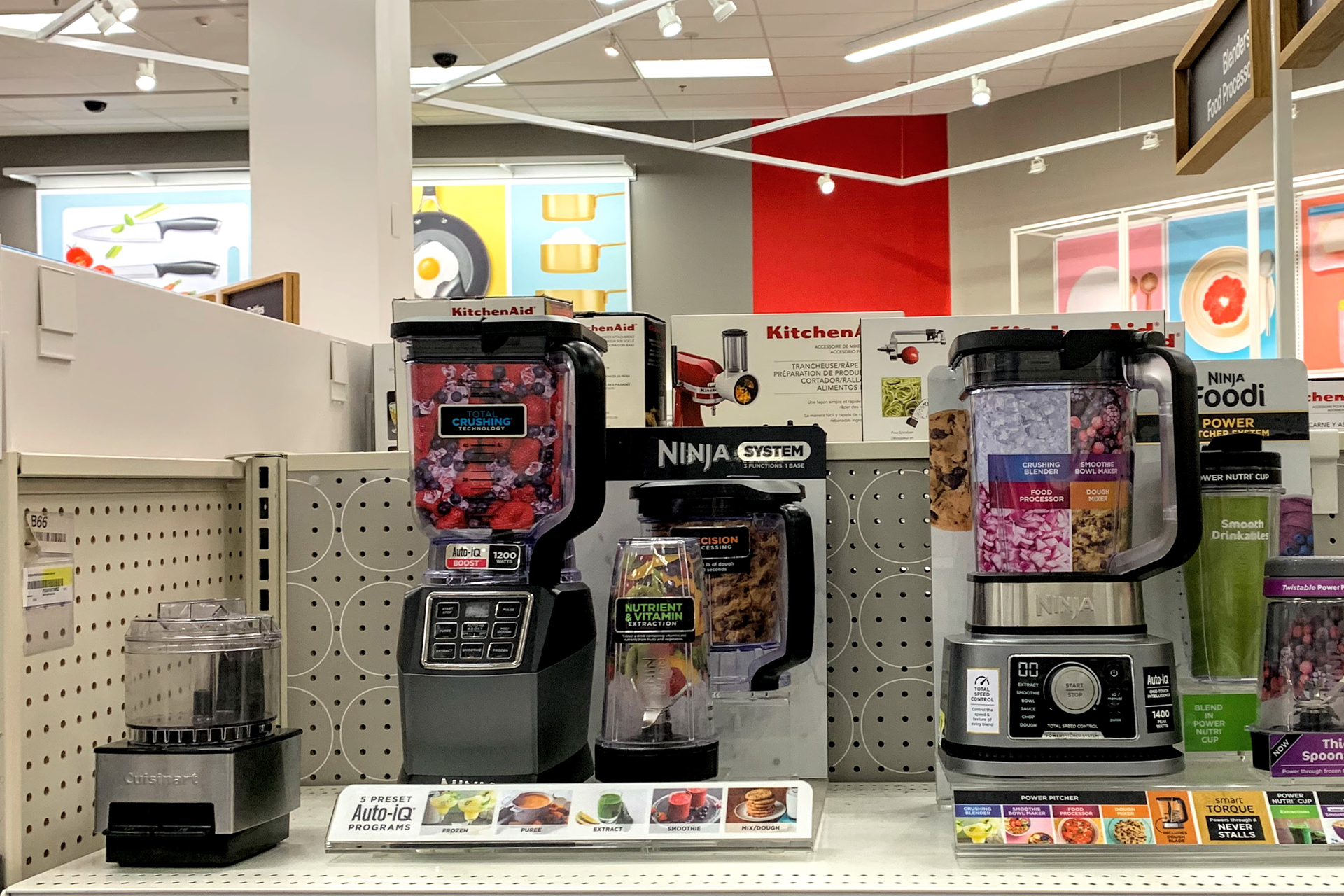
The product and signage combinations seem to resemble the feature section of an online product listing. The association is subtle, but the techniques are such that, effectively, Target seems to be bringing digital merchandising into the store. Consumers used to the particulars of browsing online get something of the same look in-store.
Target provides a graphic display of major product features along with the product. If the main display content isn’t detailed, consumers always can check out the box containing the product and displaying additional information on the shelving below, a little like scrolling down in an online product listing.
Merchandising Approach
At the same time, with a more abundant assortment than was once the case, Target has developed a new approach to kitchen appliance merchandising that surpasses the simple inline good/better/best presentation that once was typical.
The new merchandising, especially in remodeled stores, makes a point that Target is providing or has gone deeper into feature-rich and aspirational items, for example, in its wide assortment of Shark Ninja products and in its KitchenAid stand mixer and accessories display. Then, the retailer promotes an association with the online assortment where Target includes more products under the brand names, including additional products bearing the labels, accessories, color options, and, if you scroll down a bit, similar alternative products with different characteristics, features and price points.
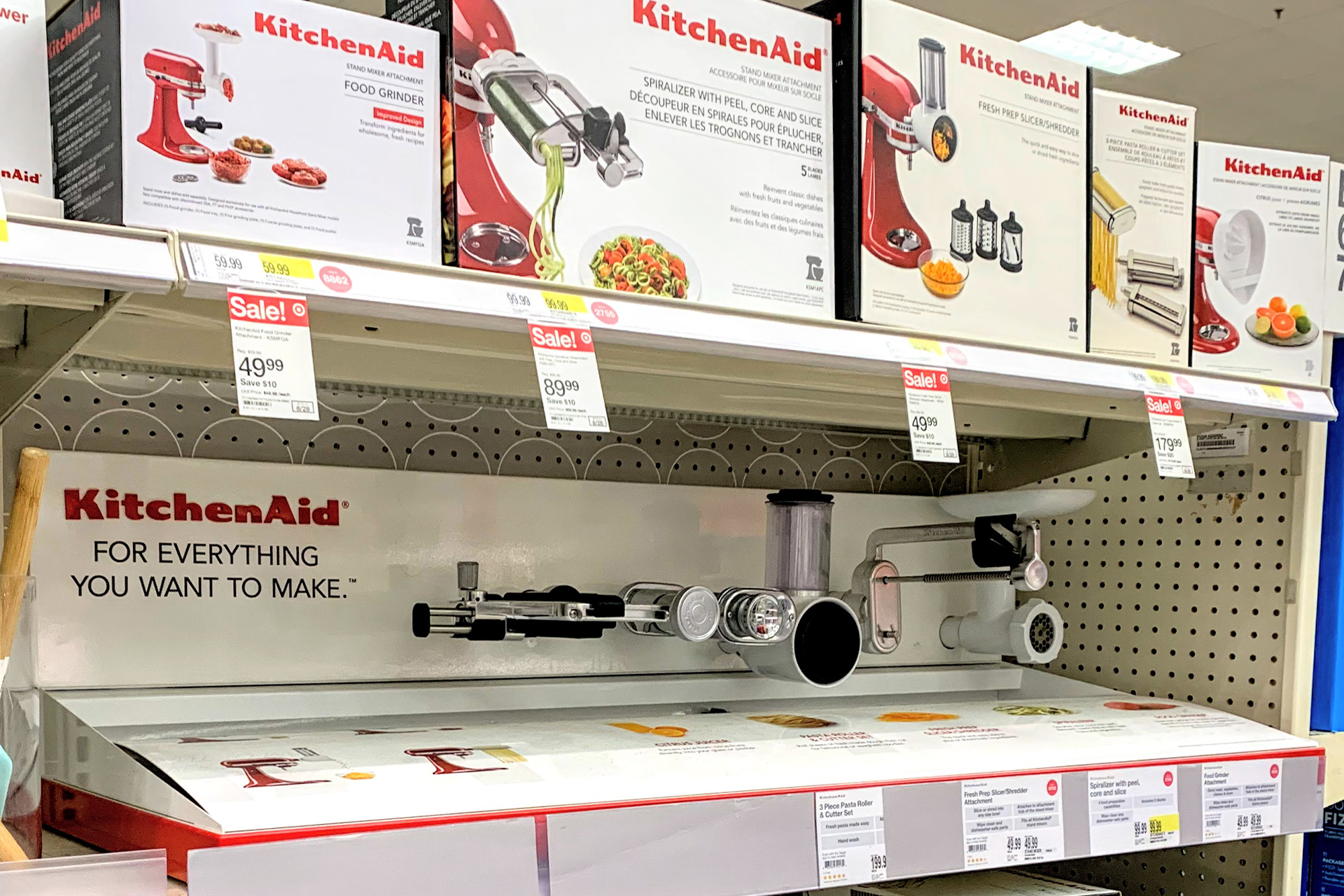
Target doesn’t extend the same merchandising approach across all housewares. For example, during the store visit, a featured endcap prominently displayed dishware for 50 cents an item. Target continues to make the point that the operation does provide low-cost basic home merchandise. It features that part of its mix at a time when Bed Bath & Beyond has come up with its own opening-pricepoint private-label and Walmart has shown signs of stirring to upgrade its own home goods efforts, including the introduction of a collection developed with the teen brand, Justice.
In remodeled Target stores, much of the rest of housewares revolves around the corner presentation of tabletop and cookware that mixes private label often value products with national brands including Oxo and Lodge that give the presentation its more upscale element. With a dedicated barware presentation, Target also is demonstrating how it is keeping up with market trends.
The corner presentation also links the overall department including electric cleaning with the expanded kitchen appliances range. The presentation is a conspicuous showcase element that, in effect, centers the whole department in remodeled Target stores with its table displays in the front below colorful signage that’s apparent at the beginning of the racetrack even as the department occupies the back turn.
The central housewares merchandising offers scope and scale enough to inform shoppers that Target is offering value in a trend-conscious manner while still emphasizing better and upscale brands. Remodels supporting the updated merchandising presentation have been a major investment for Target.
We’ve also remodeled more than half the chain over the last four years, transforming the shopping environment while optimizing the layout in support of our same-day services.
-Brian Cornell, Target CEO
“We’ve also remodeled more than half the chain over the last four years, transforming the shopping environment while optimizing the layout in support of our same-day services,” CEO Brian Cornell said in the conference call. He added that, as Target has reinvented the store operating model, a focus of investment has been overhauling visual merchandising.
Retail Partnerships
One distinct opportunity that Target enjoys is in its incorporation of other retail operations into its store operations, including Disney, Ulta and CVS. In-home goods, their full effect could be felt later, but they all could act as staging for upscale, trend-driven and differentiated housewares and home decor products beyond what is incorporated in Target’s regular, seasonal and promotional mix.
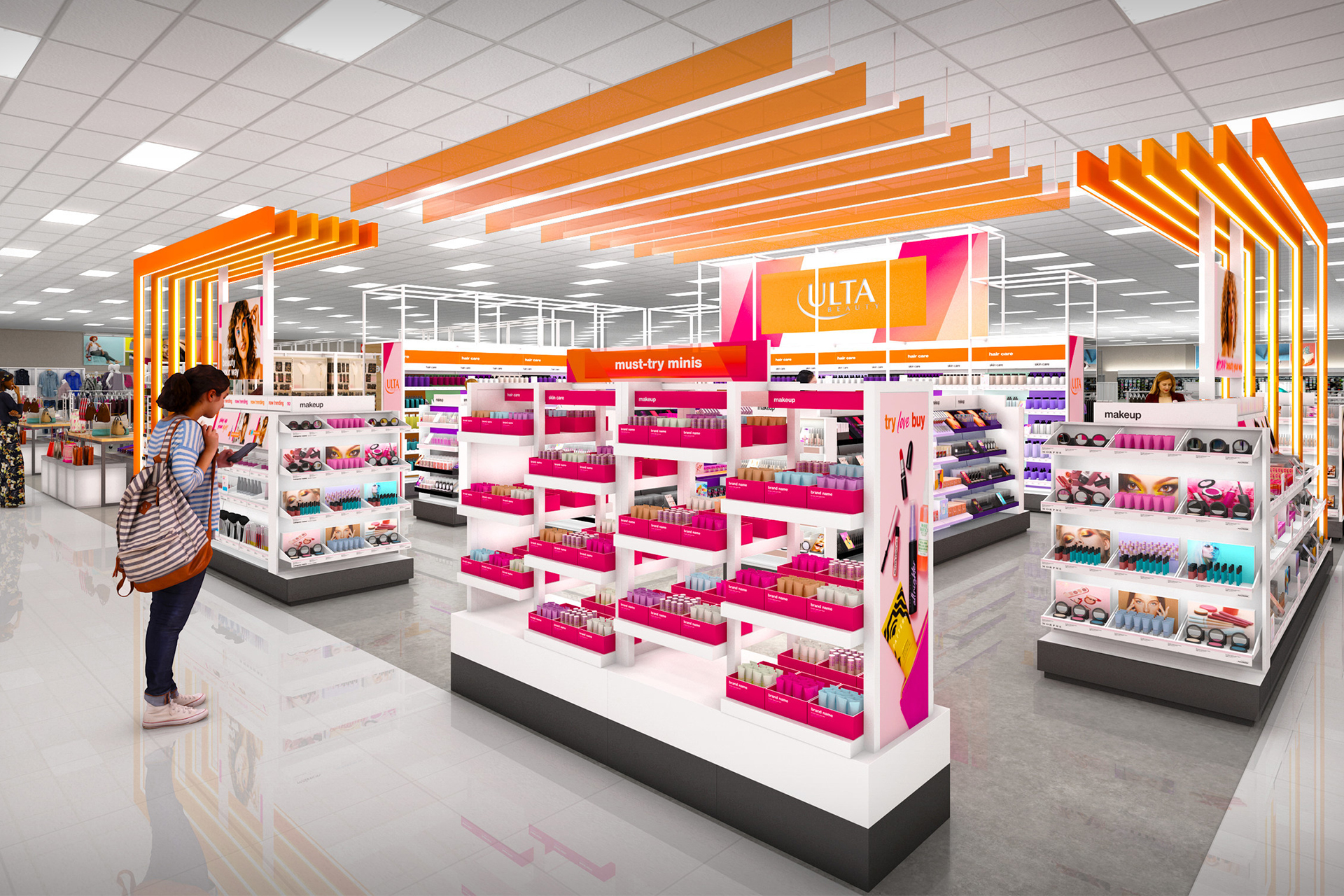
Recent developments suggest that Target and Bed Bath & Beyond are going to be bellwethers for merchandising home goods outside of the Amazon experience. How they combine in-store and online merchandising, which they have clearly stated is a critical part of their strategies, will be interesting because both retailers lagged in terms of e-commerce development compared to Walmart particularly among bricks-based retailers. As remodels roll out and online operations become more sophisticated, how consumers weigh the pros and cons will evolve. They will still get more choices in the omnichannel sense.
In a research note, Zain Akbari, a Morningstar analyst, related that, although Walmart and Amazon are tremendous competition, Target has positioned itself operationally to build on recent initiatives and create a stronger online presence.
We view favorably Target’s efforts, started in 2017, to renovate its stores to serve as omnichannel fulfillment centers, and believe it should remain better positioned than its smaller rivals, fueled partly by cost leverage and its owned brands.
-Zain Akbari, Morningstar analyst
“While the environment is challenged, we believe retail’s future is omnichannel, with customers demanding a range of fulfillment options that should benefit firms with dense networks,” he stated. “We view favorably Target’s efforts, started in 2017, to renovate its stores to serve as omnichannel fulfillment centers, and believe it should remain better positioned than its smaller rivals, fueled partly by cost leverage and its owned brands.”
